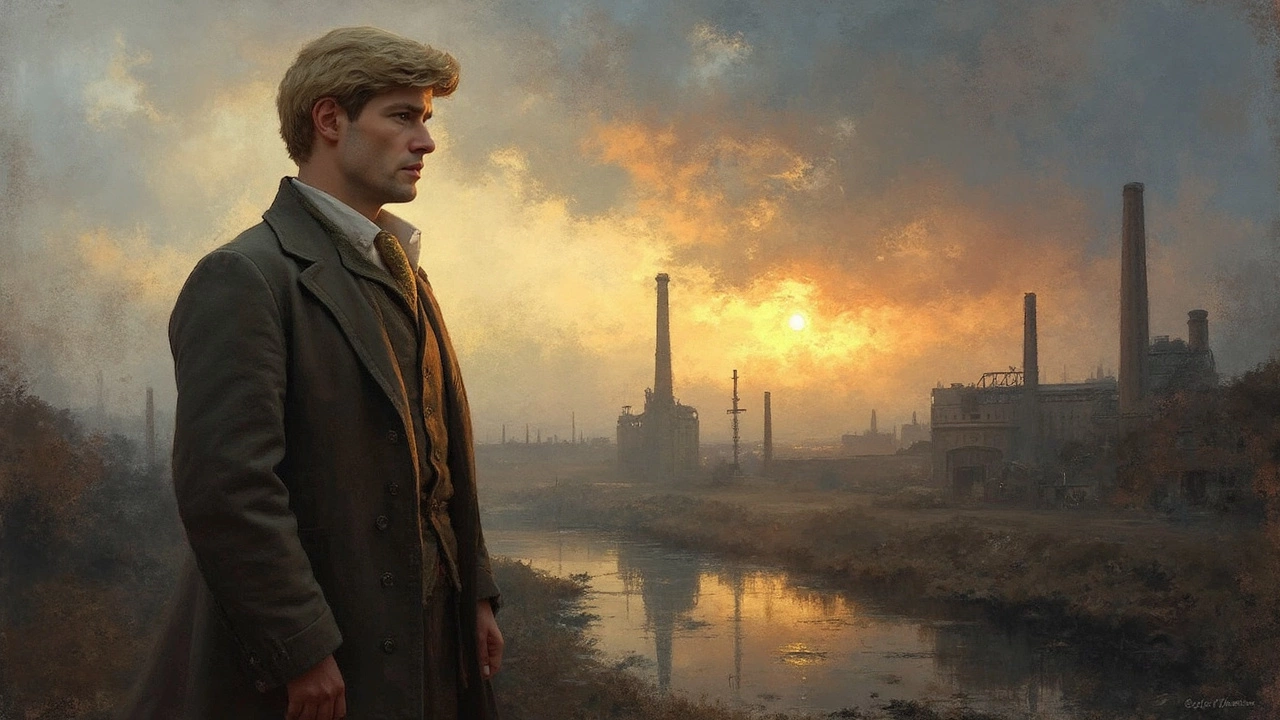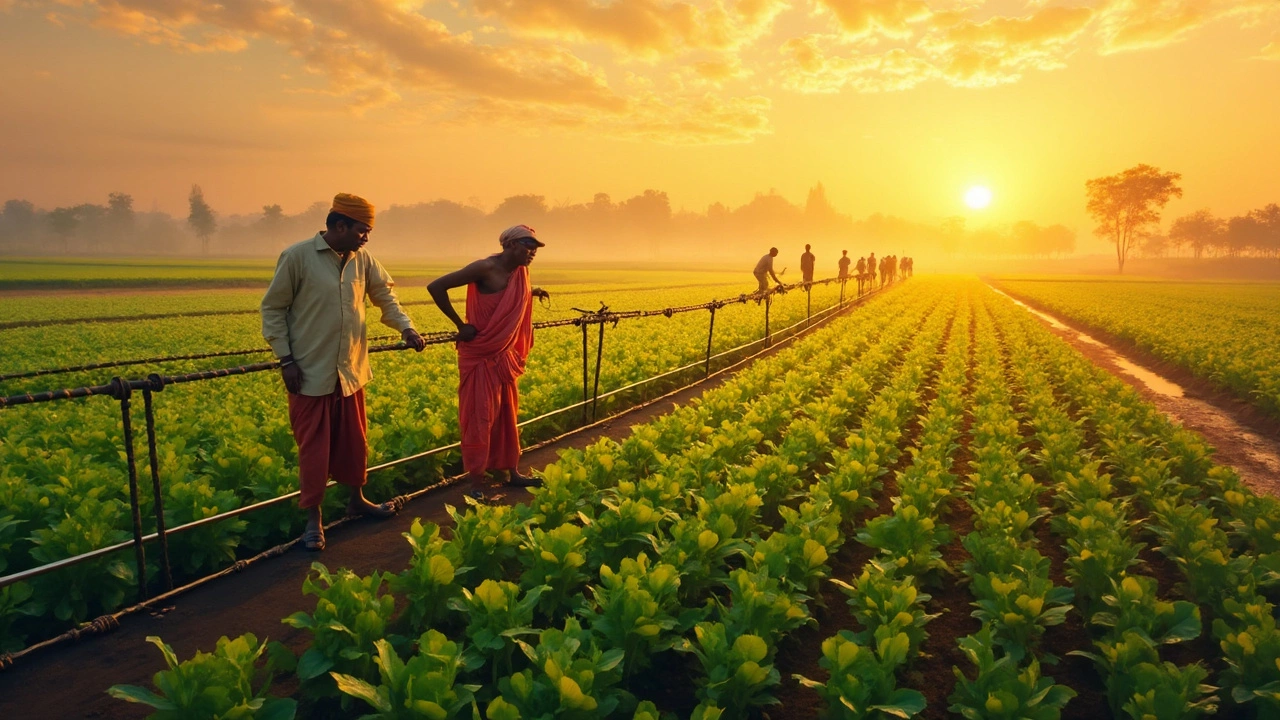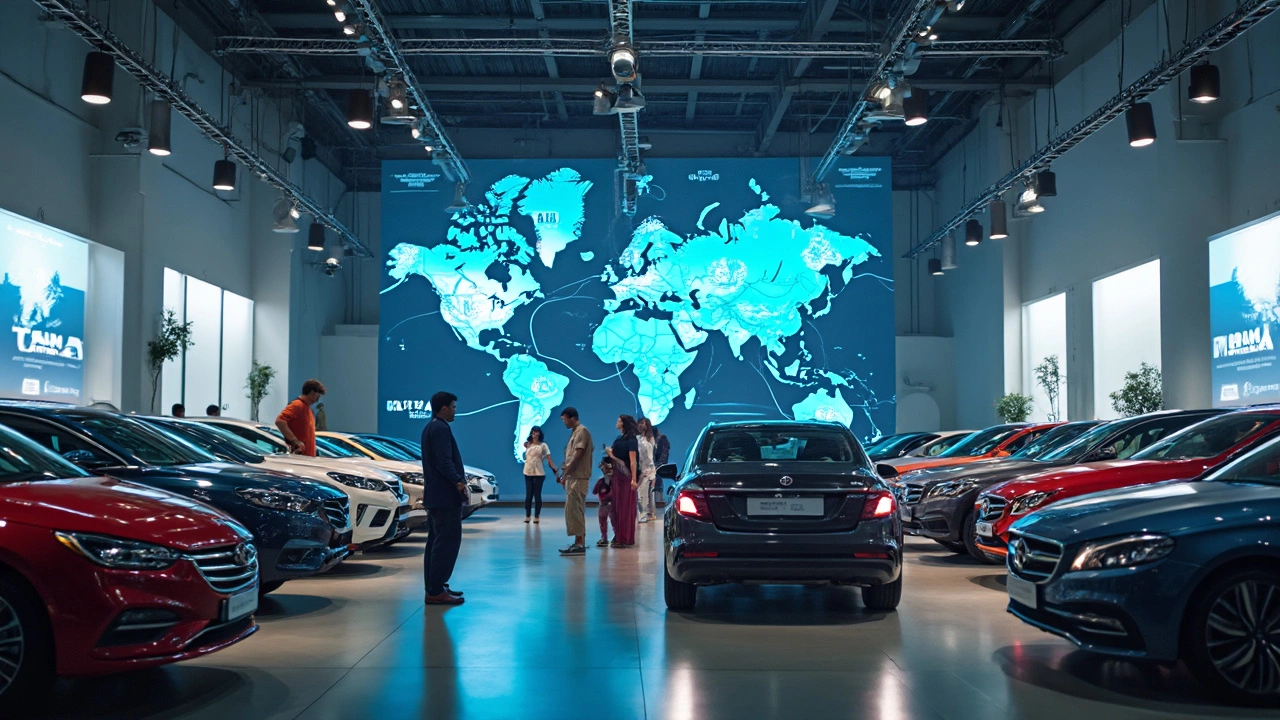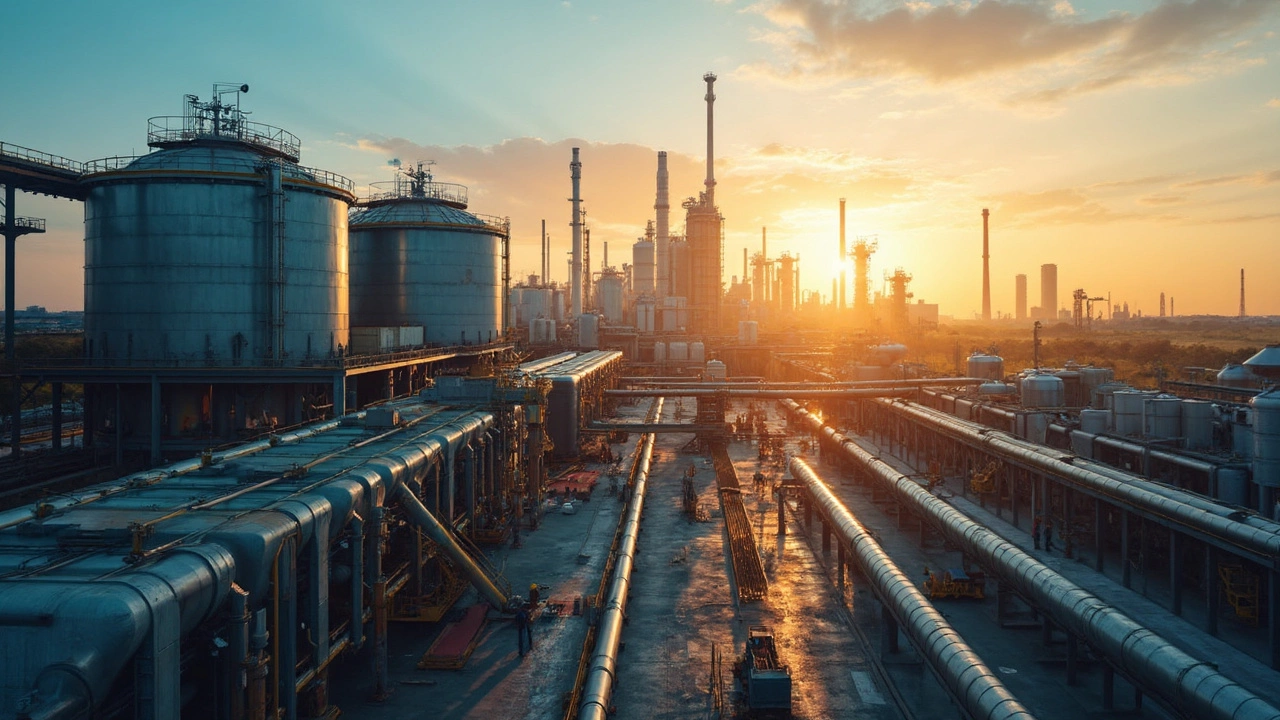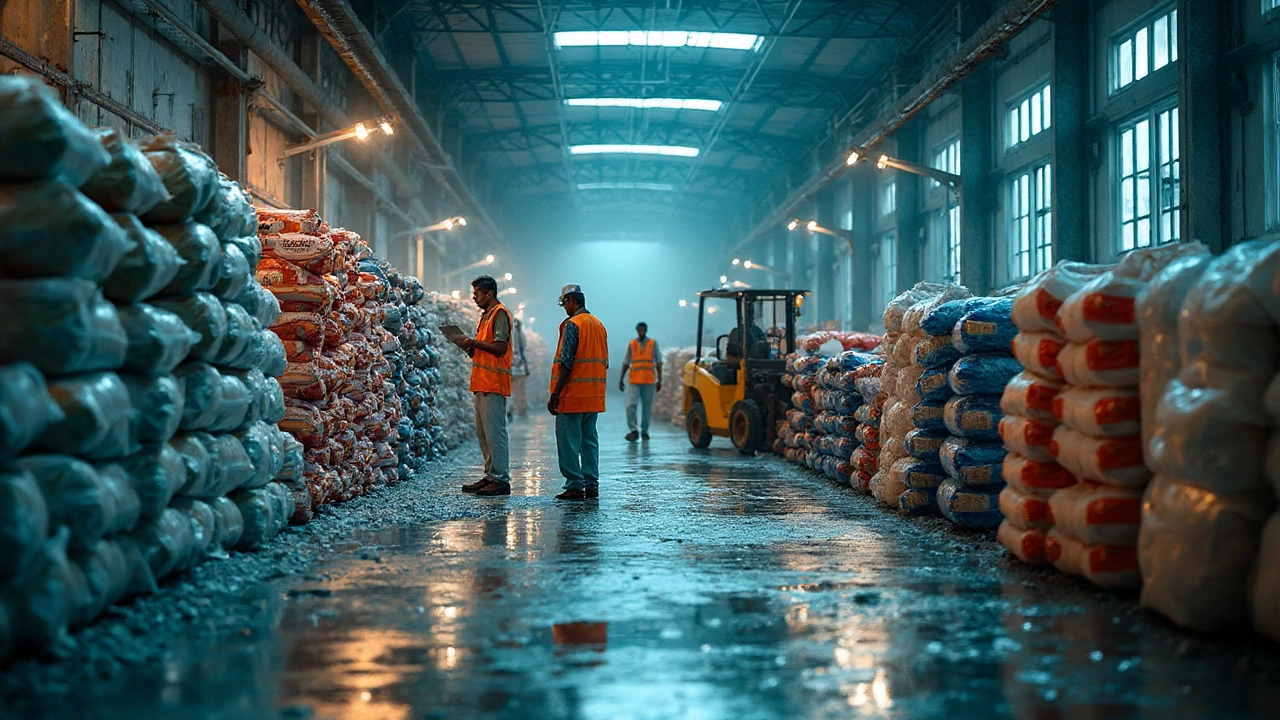Industrial Revolution: Past Lessons, Modern Shifts
When we talk about Industrial Revolution, the era of dramatic change in production methods, energy use, and social organization that began in the late 18th century, we’re really looking at the birth of modern manufacturing, large‑scale factories that turned hand‑made goods into machine‑made products and the rise of automation, mechanical and later digital systems that reduced human labor in repetitive tasks. Those three concepts form the core triangle that still drives today’s industry conversations. Industrial Revolution set the stage for everything that follows. The steam‑powered mills of England eventually gave way to electric assembly lines in the United States, and later to robot‑run plants across Asia. Each wave brought faster output, cheaper goods, and a reshuffling of workforces. In India, the surge of new factories mirrors the early factory towns of Manchester—cities sprouting around production hubs, roads swelling with freight, and wages climbing for skilled operators. The same pattern appears in the UK’s highest‑paying factory jobs, where specialized roles now command six‑figure salaries. This historical thread shows that whenever a breakthrough in manufacturing or automation arrives, economies adjust, new professions emerge, and societies rethink how people live and work.
Fast forward to the 21st century, the same drive for efficiency now meets sustainability, the need to produce goods while minimizing environmental impact. Companies are rewiring the old factory model to cut carbon, recycle plastics, and use renewable energy—exactly the kind of resource‑tight thinking that sparked steam power back then. At the same time, labor market, the pool of skilled workers and the conditions they face is reshaped by both automation and green standards, creating new high‑pay roles in process control, renewable equipment, and data analytics. Take the plastics sector: 2025 is predicted to favor recycled PET, rHDPE, and bio‑based polymers, so factories are retrofitting lines with sorting robots and closed‑loop systems. Steel producers are chasing higher purity grades to meet automotive and renewable‑energy demands, while pharma manufacturers are scaling up clean‑room capacities to stay competitive globally. Even Indian car sales, which have stalled, are prompting manufacturers to invest in electric‑vehicle platforms that require fewer parts and cleaner assembly processes. All these shifts illustrate how sustainability is no longer a add‑on; it’s a core driver of the modern labor market and a decisive factor in where investment flows.
What’s New in the Legacy
Today’s technology innovation—AI, IoT, and advanced robotics—extends the original industrial revolution into what experts call Industry 4.0. Sensors now stream real‑time data from a polymer melt to a cloud dashboard, allowing producers to fine‑tune temperature, pressure, and waste in seconds. In agriculture, no‑till seeding machines use GPS to lay seeds at exact depths, mirroring the precision of a car‑assembly robot, while drip‑irrigation systems under mulch conserve water the way a recycling plant reuses melt streams. These cross‑sector synergies mean that a breakthrough in one industry quickly ripples into another. Governments are drafting industrial policy—rules and incentives that steer investment toward high‑growth, low‑impact sectors. Tax credits for green‑energy retrofits, subsidies for renewable‑material research, and training grants for digital‑skill workers all aim to balance profit with climate goals. The result is a modern ecosystem where traditional manufacturing, cutting‑edge tech, and sustainable practices intersect—exactly the blend you’ll see reflected in the articles below.
Below you’ll find a curated mix of pieces that explore how these forces play out across factories, plastics, steel, pharma, and even rice farming. Whether you’re tracking high‑pay factory roles, digging into recycled‑plastic demand, or wondering how no‑till gardening mirrors industrial efficiency, the collection gives you practical insight into the continuing story of the industrial revolution today.
Richest Titan in Steel: Andrew Carnegie's Journey
Discover the fascinating story of Andrew Carnegie, the richest man in the steel industry. Learn about his rise from poverty to becoming a steel magnate, his business strategies, and his immense impact on the industrial revolution. Uncover interesting facts about his wealth and legacy in the world of steel manufacturing.
- manufacturing
- India
- food processing
- garden tips
- rice cultivation
- government schemes
- balcony garden
- urban gardening
- balcony gardening
- profitable business
- business ideas
- plastic manufacturing
- drip irrigation
- plant care
- steel manufacturing
- sustainable gardening
- startup ideas
- steel industry
- flower gardening
- textile manufacturers

